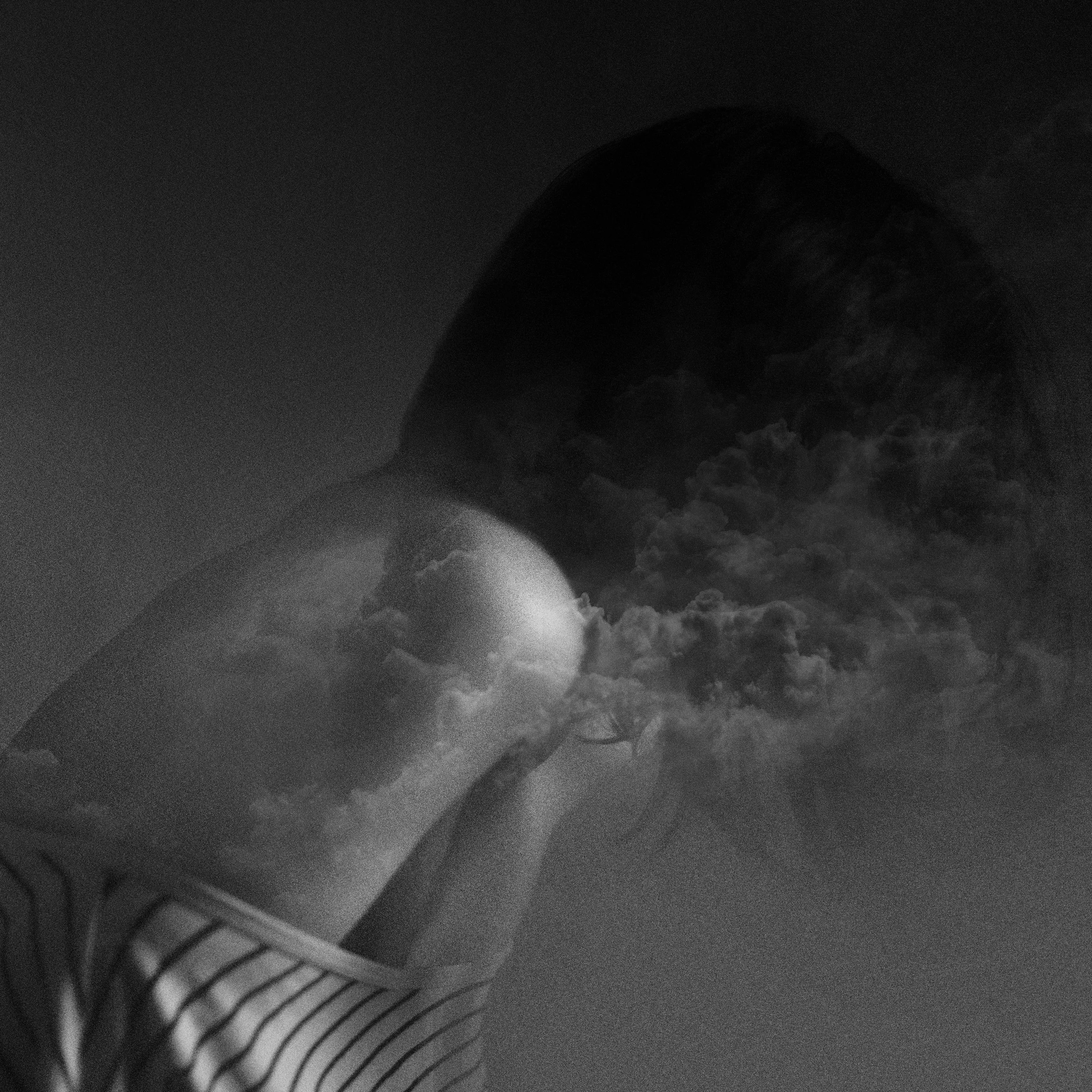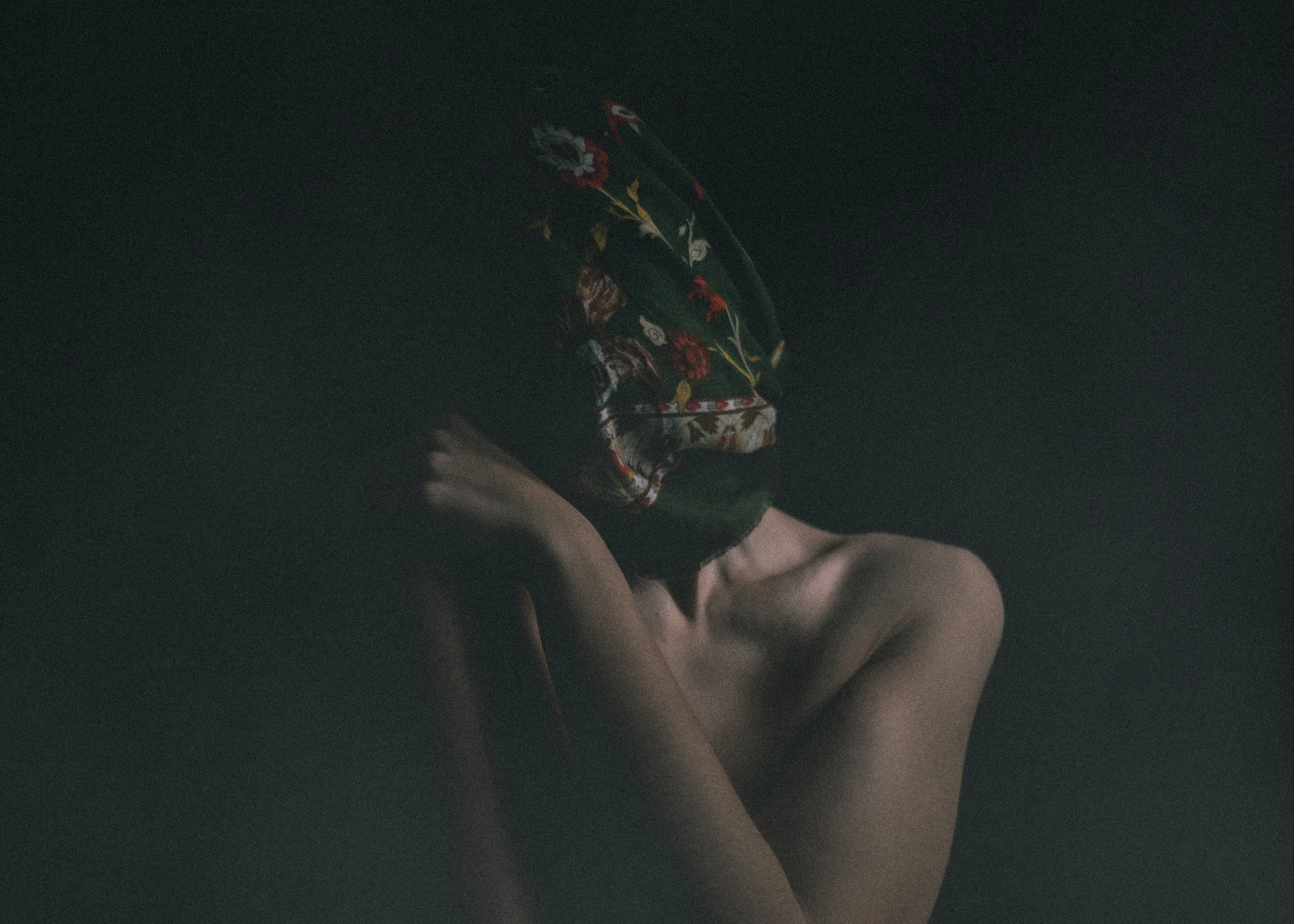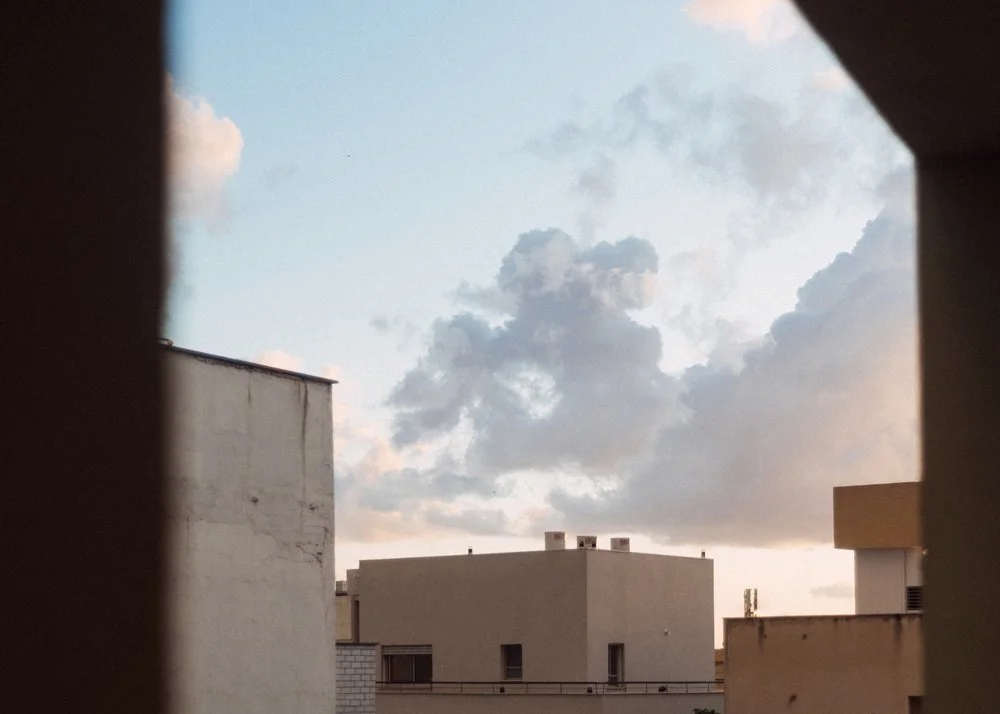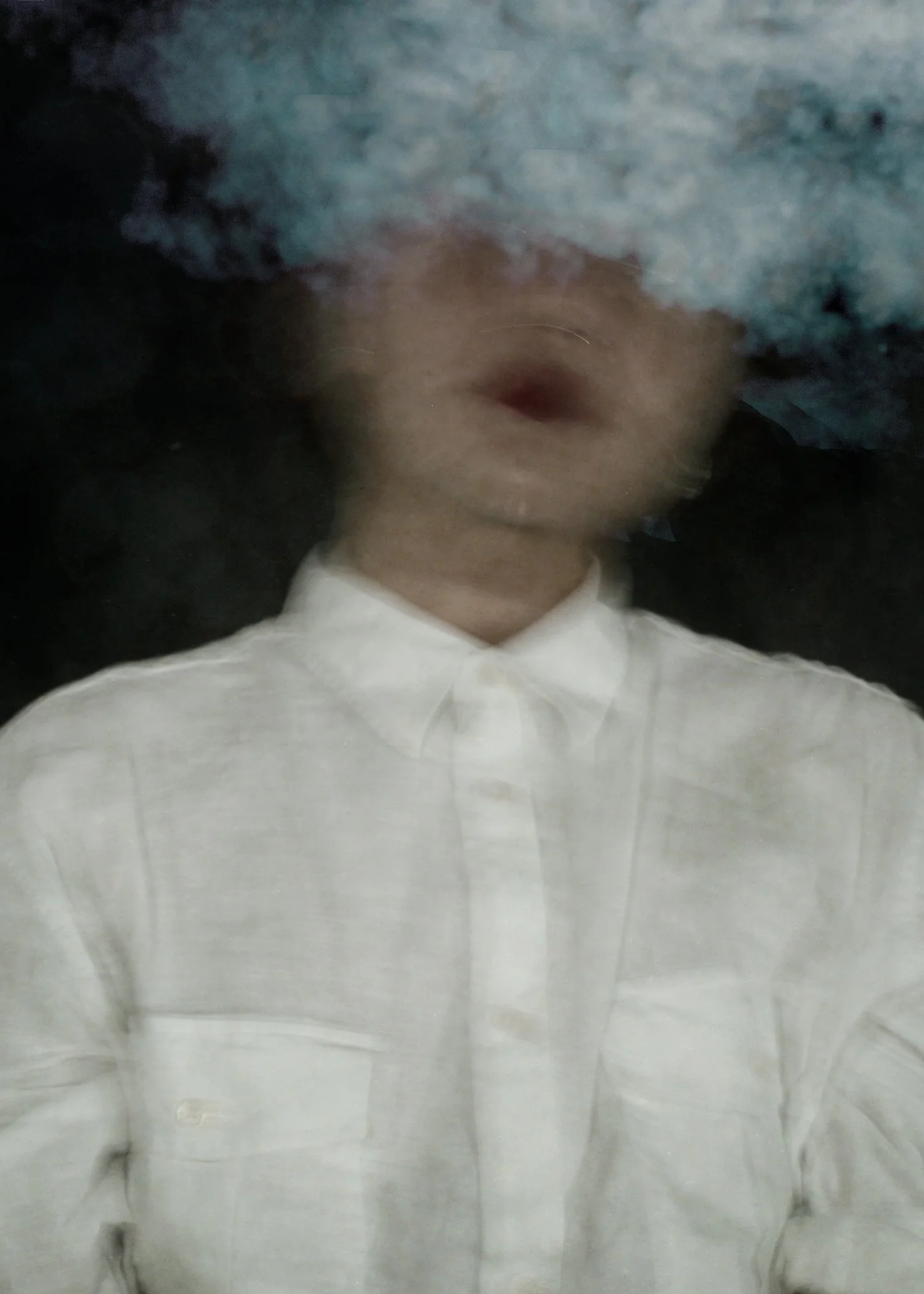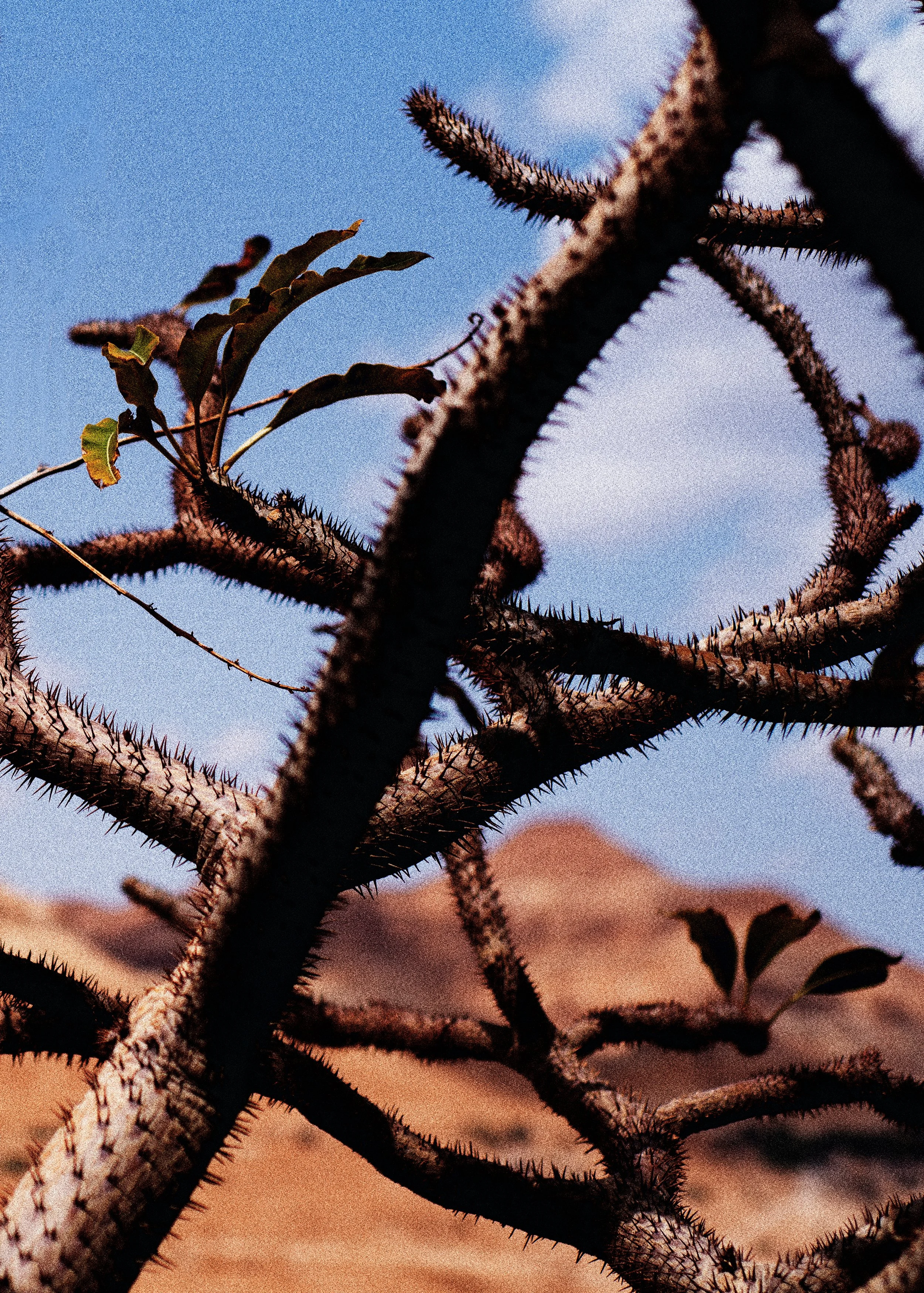Biography
Myriam Cohenca is an Arab Jewish visual artist, photographer, and peace advocate. Working across photography, video, installation, and mixed media, her practice moves between political urgency and poetic ritual. Her work reflects on exile, identity, human rights, and radical care, particularly within the complex and wounded landscape of Palestine-Israel.
Deeply rooted in her heritage, Cohenca’s art navigates silence, resistance, exile, memory, and mourning. She creates spaces where grief becomes a gesture, and tenderness becomes a form of revolt.
Since 2023, she has been a member of the Grosso Modo collective and has taken part in international exhibitions, including WithDraw the War and Grosso Modo (Tel Aviv), Art Number 23 (Barcelona), Millepiani Gallery (Rome), Frenkiel-Ponti Foundation (Italy), and Face à la Mer (Morocco). Her work has also been featured in publications such as Writehaus and Suboart.
Alongside her artistic practice, she is actively involved in mutual aid initiatives for artists from the Holy Land, fostering solidarity and cross-border collaboration amid ongoing violence. She also works as a freelance photographer, art director, and designe, bringing a multidisciplinary approach to all her projects.
Cohenca holds a Master’s in Fine Arts from the Sorbonne (2024) and has a background in psychology, fine arts, and photography. She remains committed to creating art that bridges aesthetics and activism, challenging dominant narratives while nurturing radical imagination.
Artist statement
Myriam Cohenca is an Arab Jewish artist and peace activist whose work confronts political violence, memory, and erasure through poetic imagery, ritual, and layered sensory experiences. Her practice moves through grief, exile, resistance, and radical care, rooted in her Mizrahi heritage and the landscapes of the Holy Land.
Originally trained in photography, she now works across video, sound, installation, performance, and writing. Her recent works, Kaddish, Acts of Resistance, Letter to a Dead Soldier, Shetah Esh, and One Drop + One Drop, form a constellation of intimate rituals and visual testimonies that refuse binary narratives. Whether whispering apologies while smashing pomegranates or carrying soil across borders, she creates spaces where tenderness becomes a form of resistance.
Cohenca’s visual language blends poetic abstraction with documentary remnants. Recurring materials, ash, oil, sand, become both symbol and evidence, grounding her exploration of political rupture and embodied mourning.
Influenced by Ana Mendieta, Andrei Tarkovsky, Mahmoud Darwish, Etel Adnan, and Sergei Parajanov, her work exists between invocation and image. Her videos and installations function as living archives, fragile, fractured, and urgently present.
Through her ongoing engagement with her Arab Jewish lineage, Cohenca is currently exploring the cultural and political traces of the Ottoman Empire and Al-Andalus, and how they shaped the Holy Land. Her work does not offer answers,it offers presence.
A space to remember, to grieve, and to imagine radically different futures.
